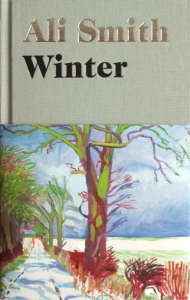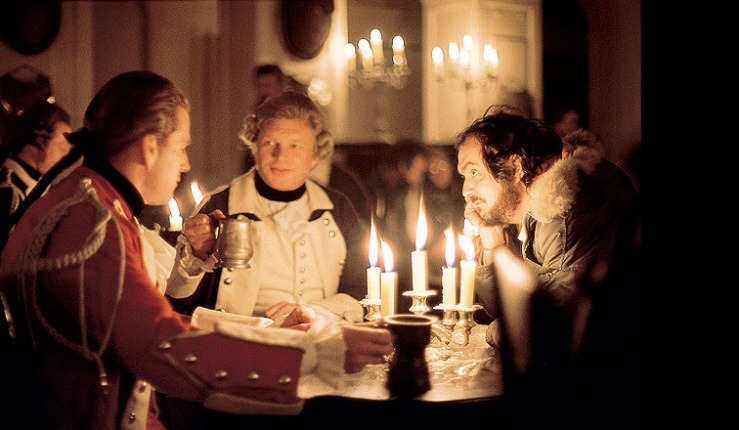 Winter is the second novel in Ali Smith’s state-of-the-nation quartet, and given the title (not to mention the theme) you might be forgiven for expecting a somewhat bleak output from the mistress of wordplay. But then Autumn was primarily a story of neighbourly love, one of reconciliation between young and old, as well as a lesson in ways of seeing. Winter, it turns out, brings clarity.
Winter is the second novel in Ali Smith’s state-of-the-nation quartet, and given the title (not to mention the theme) you might be forgiven for expecting a somewhat bleak output from the mistress of wordplay. But then Autumn was primarily a story of neighbourly love, one of reconciliation between young and old, as well as a lesson in ways of seeing. Winter, it turns out, brings clarity.
Smith continues to open readers’ eyes with a strong sense of playfulness, humour and a passion for all the joys in life however small (scrambled eggs in the middle of the night, anyone?). Rather than lead readers further into the dark, Smith lights a candle and, like the ghosts in Dickens’ A Christmas Carol, a key inspiration for the novel, hovers around illuminating her characters’ flawed beliefs.
The story centres around Sophia, a retired businesswoman who lives alone in a big house in Cornwall and whose family descend upon her for Christmas. Scrooge-like with her empty cupboards and anti-immigrant rhetoric, Sophia is treated with generosity not just by Smith but by those around her. Smith takes the time to explore how she came to be so insular and highlights her, at times, blinkered world view.
It would have been easy to make such characters one-dimensional, to turn Sophia into a figure of hate, but Smith knows better than to feed the sense of divide that the UK is currently experiencing. Come in Shakespeare’s Cymbeline, another inspiration for Winter: “a play about a kingdom subsumed in chaos, lies, powermongering, division and a great deal of poisoning and self-poisoning.” Smith uses opposites to great effect as she seeks to make links, to illuminate, to heal.
Art is seeing things”
Winter lights upon some heavy topics but its moralising touch is light. It reminds me of the Kubrick film Barry Lyndon where every scene is lit by natural light – all candles and daylight and the effect is stunning. In a similar fashion, Smith uses nature to highlight artifice. Sophia’s son, Art, is a nature writer whose blog “Art in Nature” is a largely fabricated endeavour which leads to some amusing musings. And amid all the metaphors such as the disembodied head, I can’t help but wonder if Sophia’s lamp sale is also symbolic (other than showing a woman keen to make a profit).

Metaphors aside, it is the aptly named Lux, a visitor and immigrant, who provides the greatest light and joy; even Sophia can’t resist her charms. She’s clear-sighted and resourceful (and a big reader) and reminds me of another fictional character – Purity in the book of the same name by Jonathan Franzen (another Dickens-inspired tome). Like Daniel in Autumn, Lux is a shining example of the best kind of human being: warm and authentic – fictional characters that are the real deal.
Both Autumn and Winter offer an artful exploration of current affairs. They are novels of their time whilst the lessons they contain are in a sense timeless. They are a welcome reminder that there are other ways of being and seeing, and that change is possible, whether by protest or desire or more simply the passing of time. I can’t wait ’til Spring.
